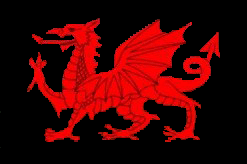Cornell Capa’s intervention, as well as that of ICP’s lawyers, was rather brutal. They sent us threatening injunctions. We soon understood they would do whatever it took to stop us from making the movie. […]
|
Most significant in his response to my review of his 1985 Robert Capa biography is Richard Whelan’s refusal here to consider, or reconsider, the technical implausibility of the London darkroom explanation, a mistake he inexplicably continued to compound right up to 2007. […] There is no evidence whatsoever to support the claim that Capa’s surviving negatives from D-Day were ever the subject of any emulsion sliding or melting. The slight image displacement on Capa’s film resulted from a mechanical problem commonly experienced in that era: Kodak’s shorter film cassettes caused the film to get transported slightly lower in the camera — exposing the emulsion around the lower edges of the top sprocket holes as they passed over the film gate. […] If Whelan or Young had done their due diligence by consulting photography experts to learn why the image area of Capa’s negatives had encroached on the sprocket holes on one side of the film, they never would have floated such an easily disprovable theory in public. The real reason the sprocket holes along one edge of Capa’s ten D-Day negatives became partially exposed had nothing to do with any supposed emulsion slide from when the film was processed and dried. The cassettes containing the film caused the problem. […] I can only describe the National Press Photographers Association’s Donald Winslow and Bruce Young, the writer to whom he assigned the magazine’s report on this blog’s investigation of Robert Capa’s actions on D-Day and the subsequent fate of his images, as severely compromised from the outset of their coverage of our research relating to Capa and his picture editor at the time, John Morris. […] |
||




